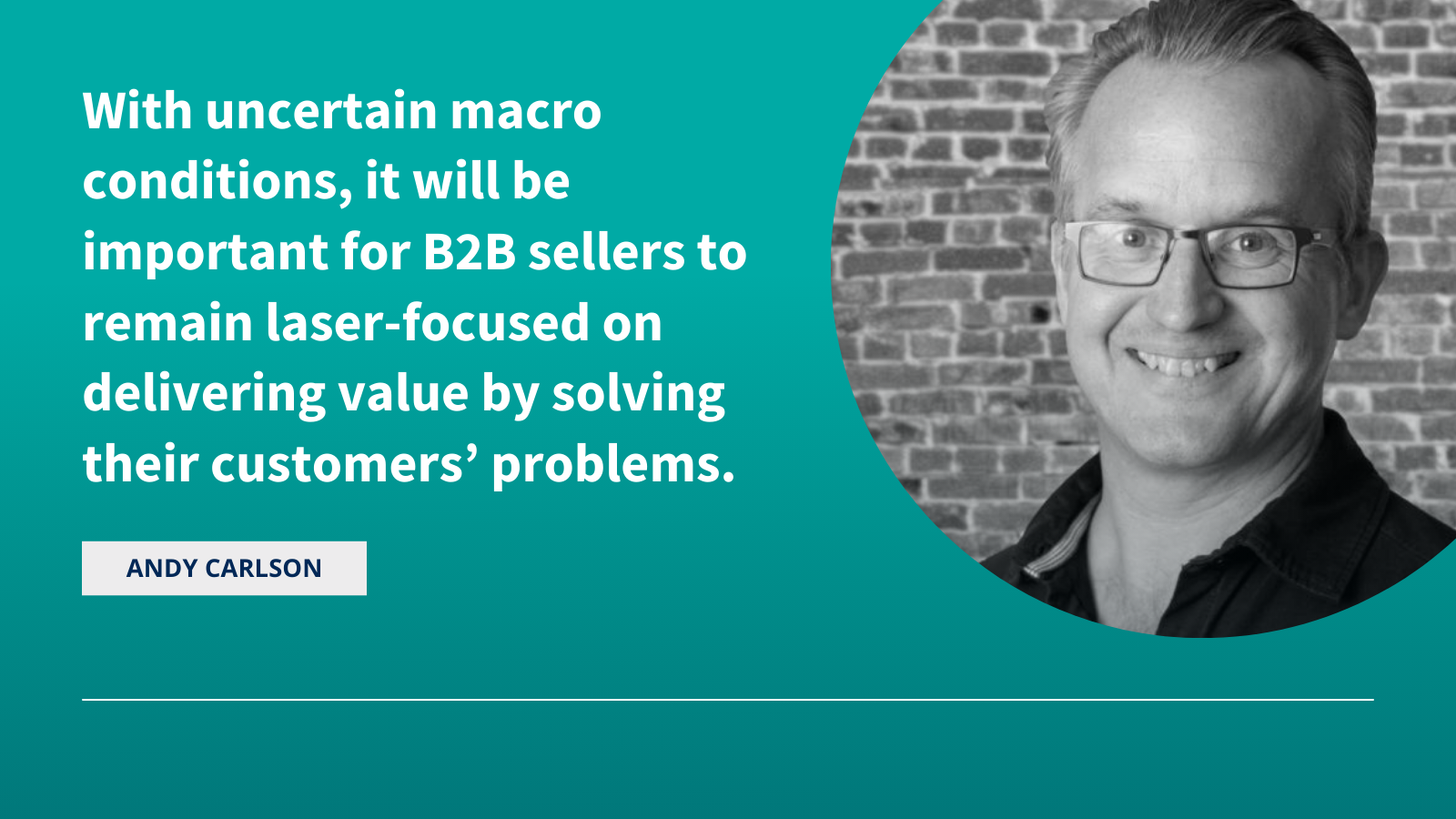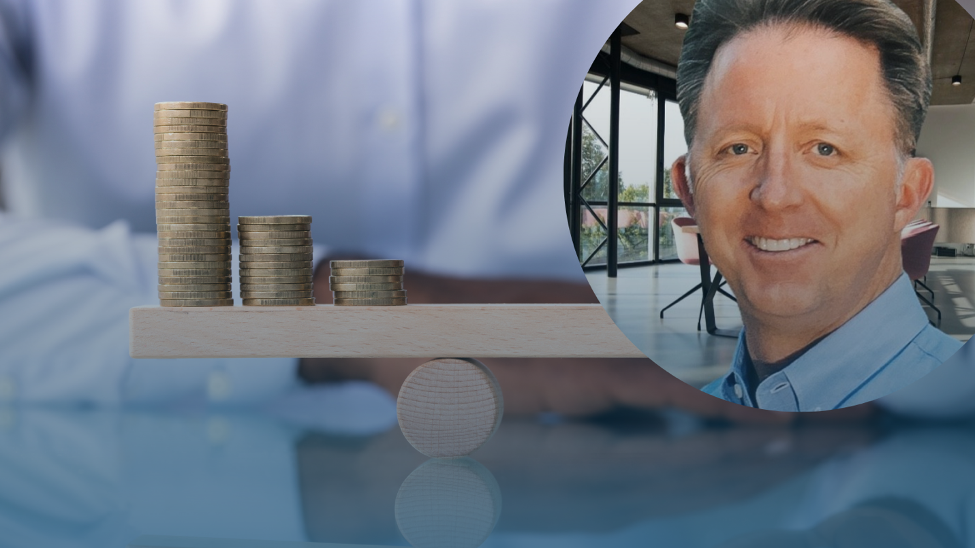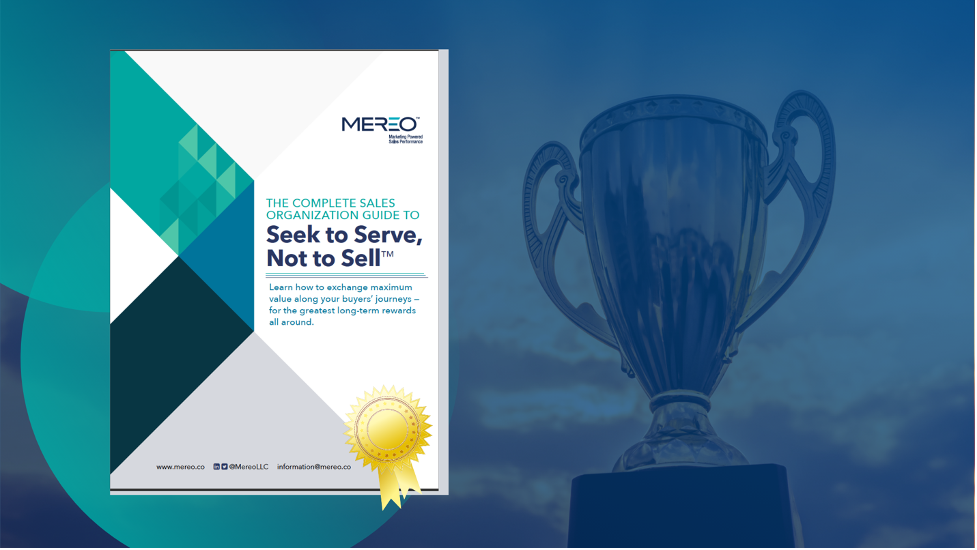Although we are approaching a new year, many of 2023’s selling challenges will continue to impact your B2B organization’s 2024 performance. Our expert principals share these reflections from the 365 days behind us — and predictions for the year ahead.
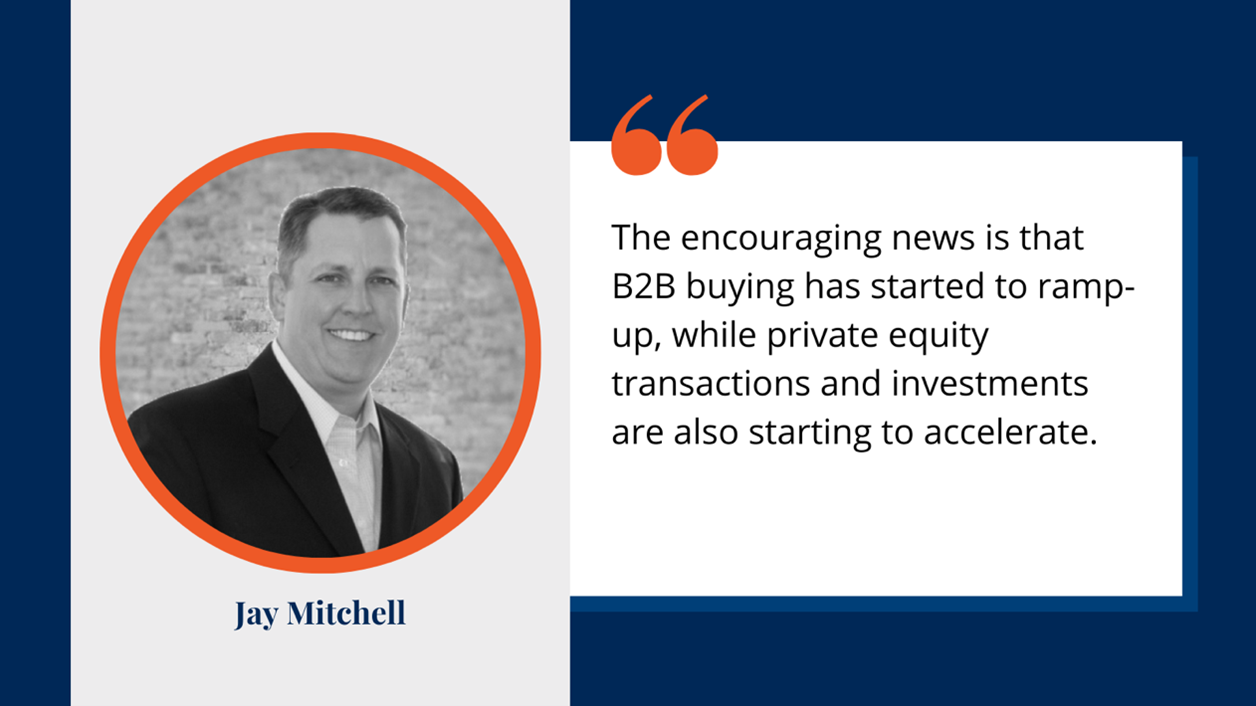
JAY MITCHELL REMEMBERS INDECISIVE BUYERS AND HOPES FOR A 2024 RAMP-UP
As trusted advisors to dozens of companies, we at Mereo get to see market and economic trends from not only individual companies but on a macro-level. In 2023 we certainly saw some softness in B2B purchasing. Some initiatives were cut altogether, while others were paused until later in 2023 or even 2024.
Based on conversations with executives and from market pulse conversations with our client’s buyers, in 2023 there was a lot of “paralysis” as B2B leaders looked for clarity. When they did not have that clarity, they froze. This pattern is similar to what we saw in the 2008 / 2009 recession.
The encouraging news is that B2B buying has started to ramp-up, while private equity transactions and investments are also starting to accelerate. The hampering headwinds are subsiding, but strong buying tailwinds have yet to kick in.
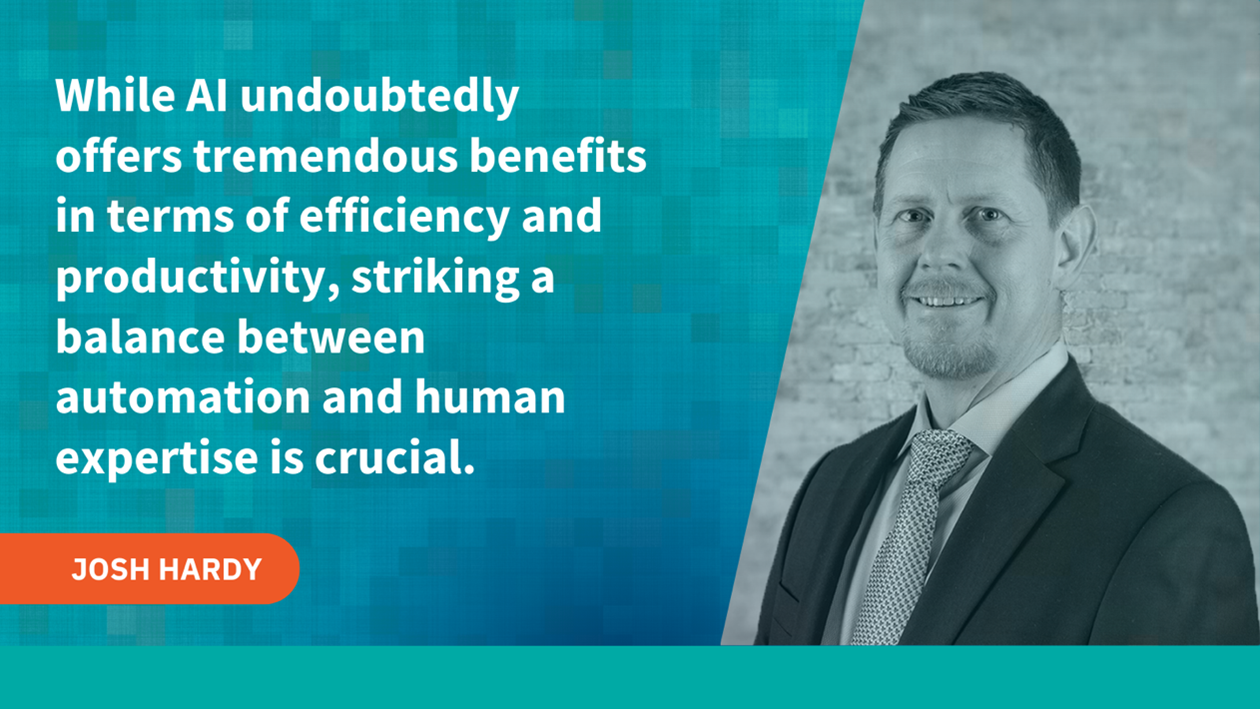
JOSH HARDY WITNESSED AN OVERRELIANCE ON AI TECHNOLOGY — AND ENCOURAGES BALANCE
In 2023, I witnessed several situations where an overreliance on AI technology posed significant challenges for sales and marketing teams. While AI has undoubtedly revolutionized various aspects of business operations, it is crucial to acknowledge the potential drawbacks that come with it.
One of the major AI challenges faced by sales and marketing teams was the issue of the quality. As businesses increasingly relied on AI algorithms to generate content, uncover insights and make critical decisions, there has been a growing concern regarding the accuracy and reliability of these automated systems. The lack of human intuition and understanding often led to errors or misinterpretations in customer interactions, potentially damaging relationships with both existing and prospective clients/customers.
Another challenge that arose from overreliance on AI was information overload. With an abundance of data available at their fingertips, sales and marketing teams found themselves struggling to filter through the vast amount of information generated by AI systems. This overload made it difficult for teams to identify relevant insights or prioritize tasks effectively, leading to inefficiencies in decision-making processes.
While AI undoubtedly offers tremendous benefits in terms of efficiency and productivity, striking a balance between automation and human expertise is crucial. Sales and marketing teams must recognize that while AI can provide valuable support, human intuition, creativity and emotional intelligence are irreplaceable when it comes to building meaningful and trustworthy connections with buyers. By combining the power of AI with human intuition and tried and true sales and marketing fundamentals, teams can ensure that they are making informed decisions based on accurate data — while also maintaining a personalized approach to buyer interactions.
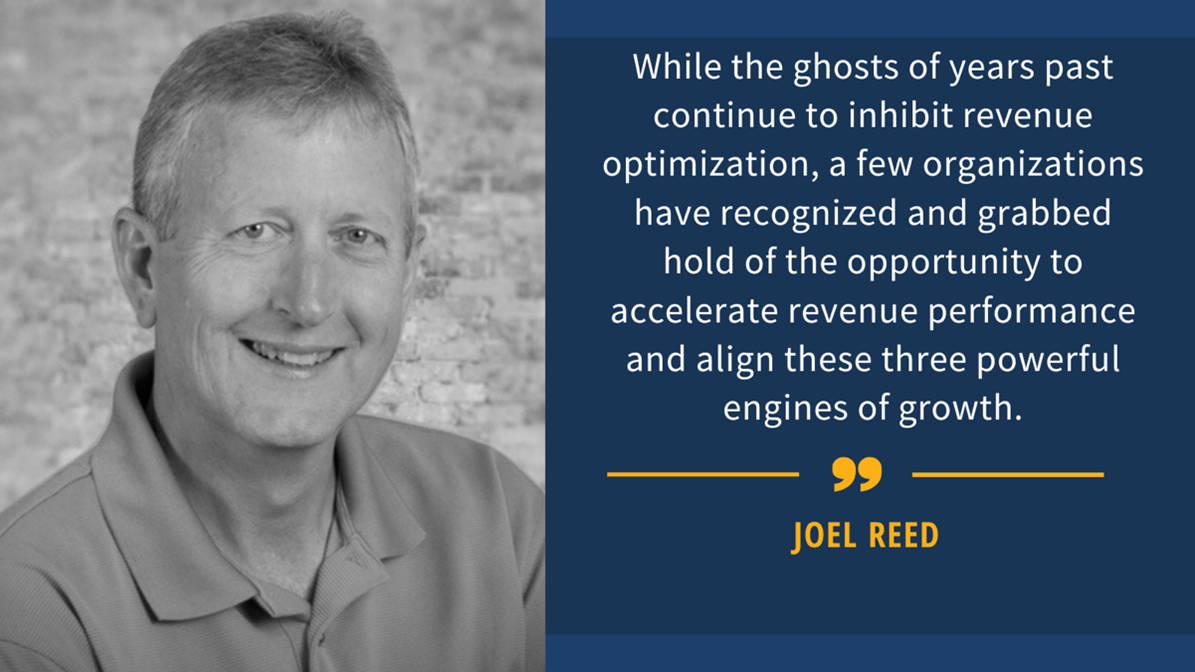
JOEL REED SAW ANOTHER YEAR OF ORGANIZATIONAL MISALLIGNMENT
The lack of coordination and cooperation between sales, marketing and product management — key drivers of revenue performance — continues to be a common issue placing an artificial limit on organizations’ potential for growth and ROI. These three functions are, by their very nature, dependent upon each other for success:
- Sales needs strong marketing cover, thought leadership and demand generation programs to support early-stage engagements and strong client relations. Marketing should help with stories and references throughout the sales journey. Sales needs differentiated solution capabilities to build a value proposition and a reliable roadmap to maintain strong client relationships and a competitive offering to reinforce price points.
- Marketing requires constant feedback from sales upon which to build and adjust campaign themes and focus and competitive input to develop better messages and tools. They need a clear line of sight from the product teams to enable effective investments and launch programs.
- Product management is wholly dependent on sales and market to get a return on solution investments — its raison d’etre. Yet product management typically does not communicate or coordinate well with either of its peer functions.
Yet some trends signify movement in the right direction. Many organizations have moved to general manager (GM) models or chief revenue officer roles that incorporate two and, in many cases, all three of these functions. Removing organizational barriers to cooperation is an excellent first step towards cooperation and collaboration.
One of our clients invested in sales enablement that was built in a partnership of sales, product and marketing teams under the direction of their GM. The sales team benefited from in-depth insight and interaction with the product teams and was able to help marketing hone sales tools and assets as a deliberate part of the sessions. While the ghosts of years past continue to inhibit revenue optimization, a few organizations have recognized and grabbed hold of the opportunity to accelerate revenue performance and align these three powerful engines of growth.
ANDY CARLSON RECALLS A TURBULENT 2023 — AND LAUDS SELLERS THAT REMAINED STEADFAST
Reflecting back on 2023, it has been a turbulent year for B2B sellers, including the company I lead. While the rate of inflation has cooled somewhat in the second half of the year, prices are up 19% overall since 2020. This inflationary cycle means B2B buyers are getting less for their money.
Unlike inflationary periods in the past, the job market has remained unexpectedly strong with technology sector layoffs only just starting to occur in the most recent quarter. While wages have not risen as fast as inflation, pay is up in the technology sector, which also means costs are up and companies have been raising their prices to compensate. This often makes it harder for B2B sellers to justify purchases to their prospective buyers.
The Federal Reserve has been raising interest rates over the past 18 months to try to cool inflation. Combined with a few high-profile bank failures early in 2023, this caused the credit market for small- to medium-sized businesses to largely freeze-up earlier this year. This has created a liquidity issue for these potential buyers, causing them to delay some investments.
Despite these challenges, creative B2B sellers are still closing business even when targeting small- to medium-sized buying organizations. Keys to success include:
- Identifying and solving customers’ problems
- Intensifying and personalizing the pain points experienced by customers
- Clearly demonstrating the value of your solution and illustrating the return on the customers’ investment
Looking ahead to 2024, it will be a presidential election year with a contentious and divided populace, and with America supporting two major conflicts abroad. It is hard to predict any return to normalcy. With uncertain macro conditions, it will be important for B2B sellers to remain laser-focused on delivering value by solving their customers’ problems. In my role as the CEO of DilSe.IT, I ensure that we deliver technology services with love and care — which means we rarely feel like we are selling. By solving customers’ technology problems, we become their partner in helping their businesses thrive and grow. This approach is consistent with Mereo’s mantra of Seek to Serve, Not to Sell® which remains the best advice for B2B sellers in the turbulent year ahead.
HAVE A BLESSED HOLIDAY SEASON — AND A PROSPEROUS 2024
No matter market conditions, a Seek to Serve™ approach to business and life wins. Learn how your organization can imbue its operations with an authentic and meaningful value selling approach in 2024. Download The Complete Organizational Guide to Seek to Serve, Not to Sell®.

